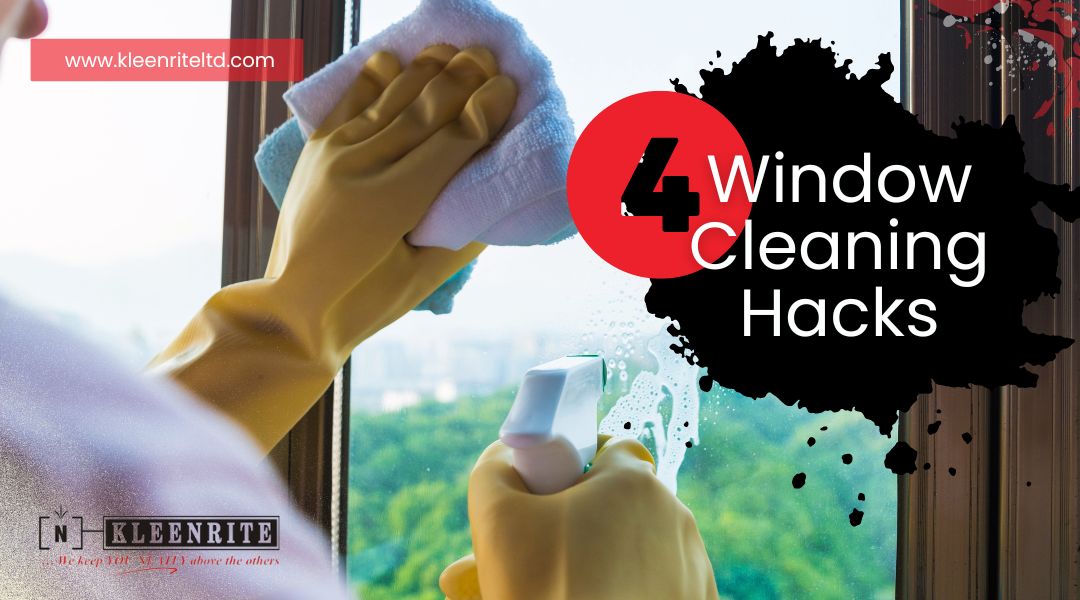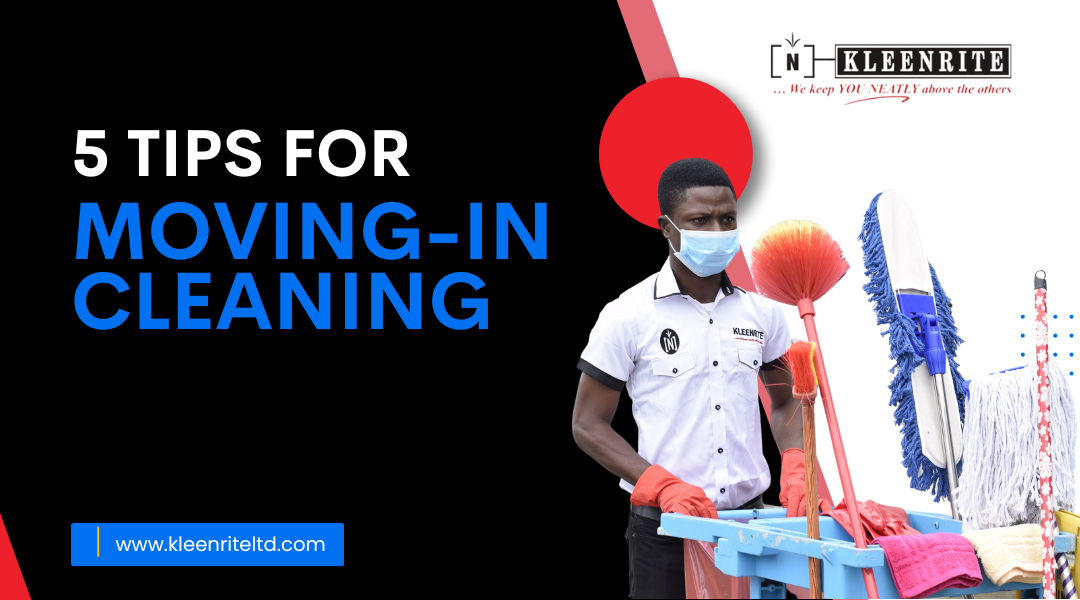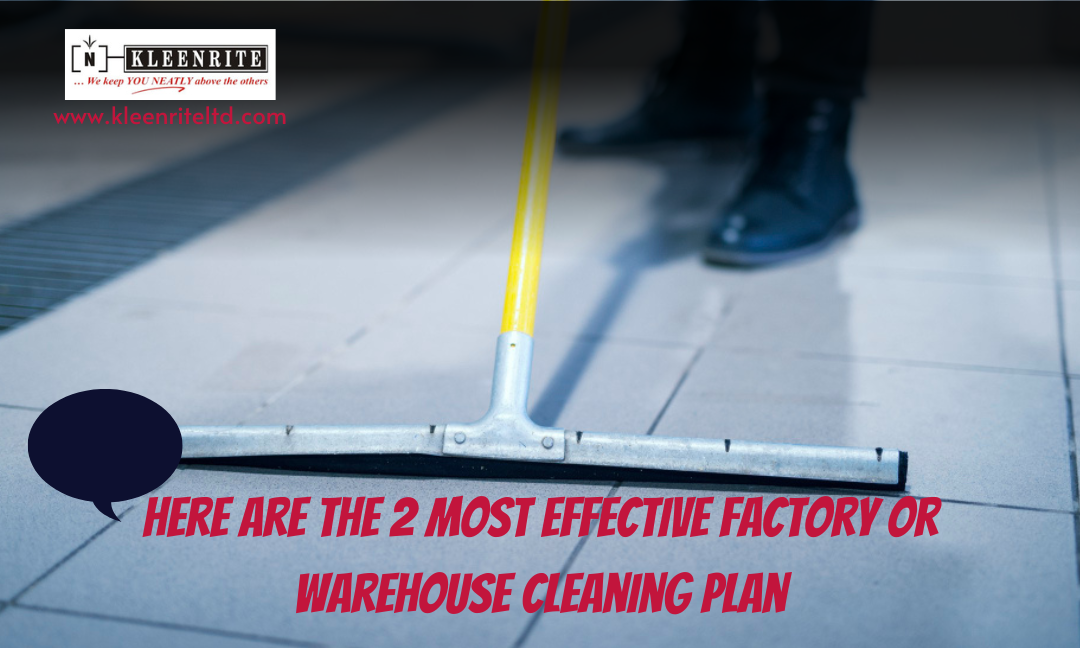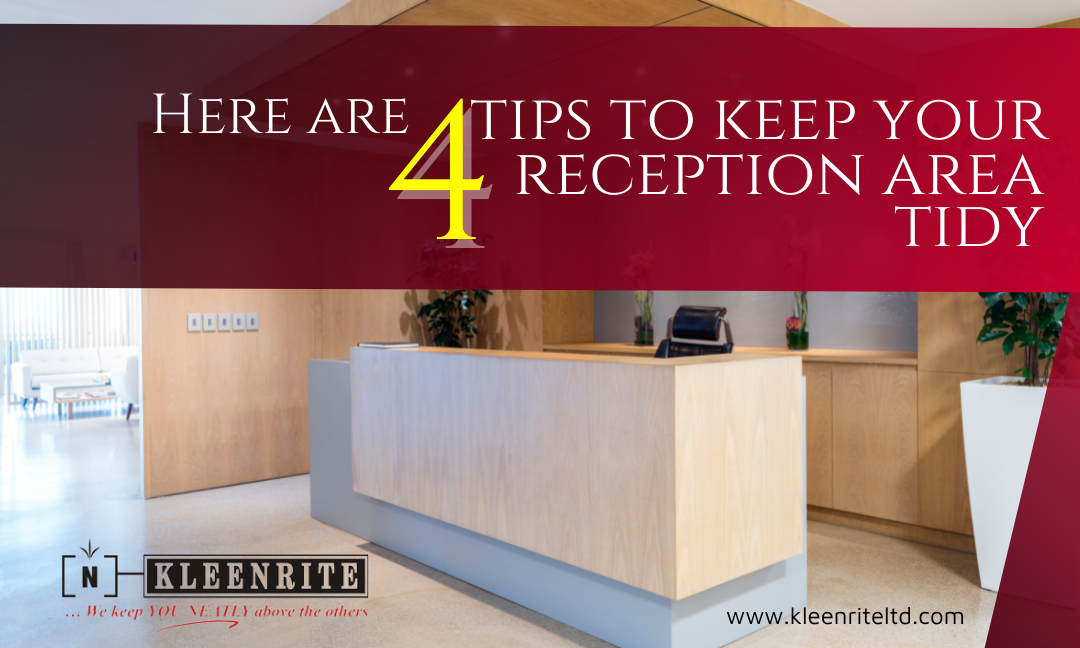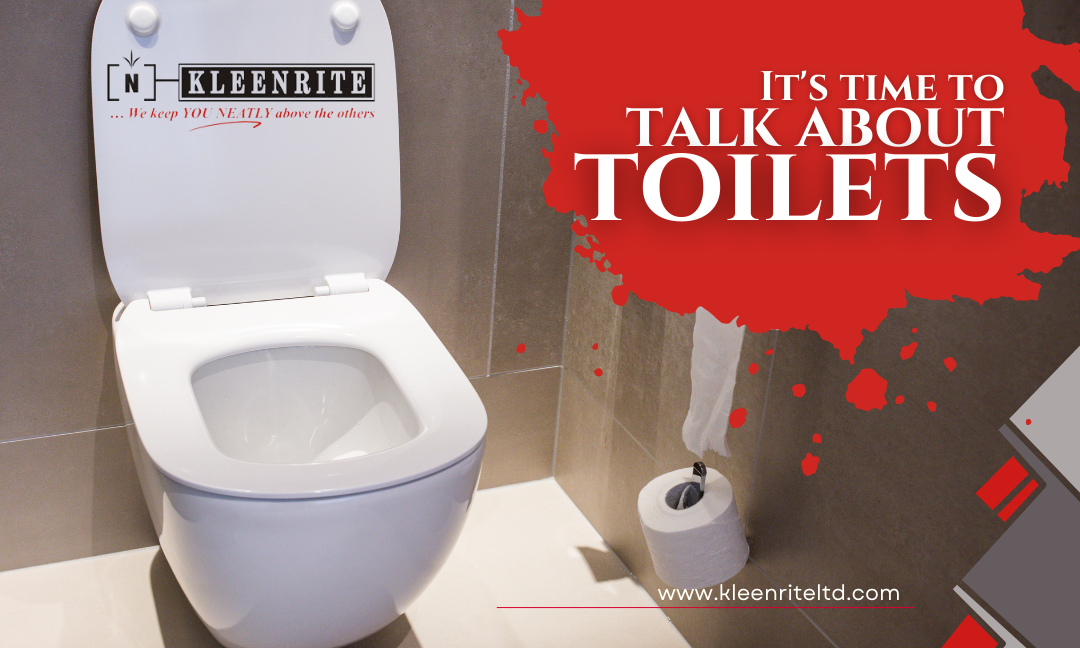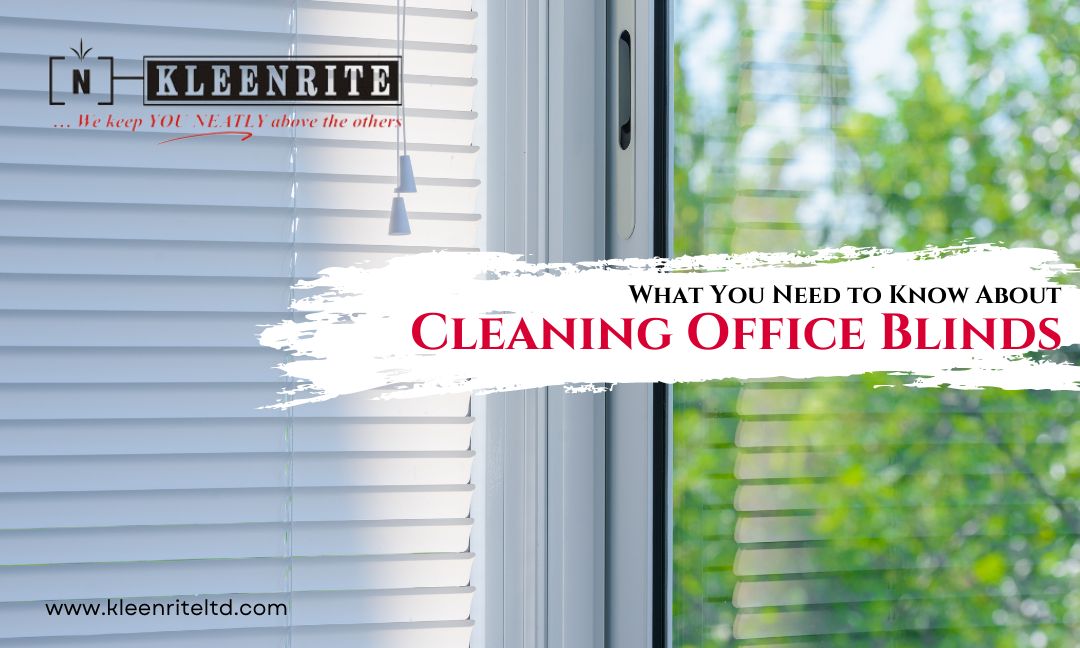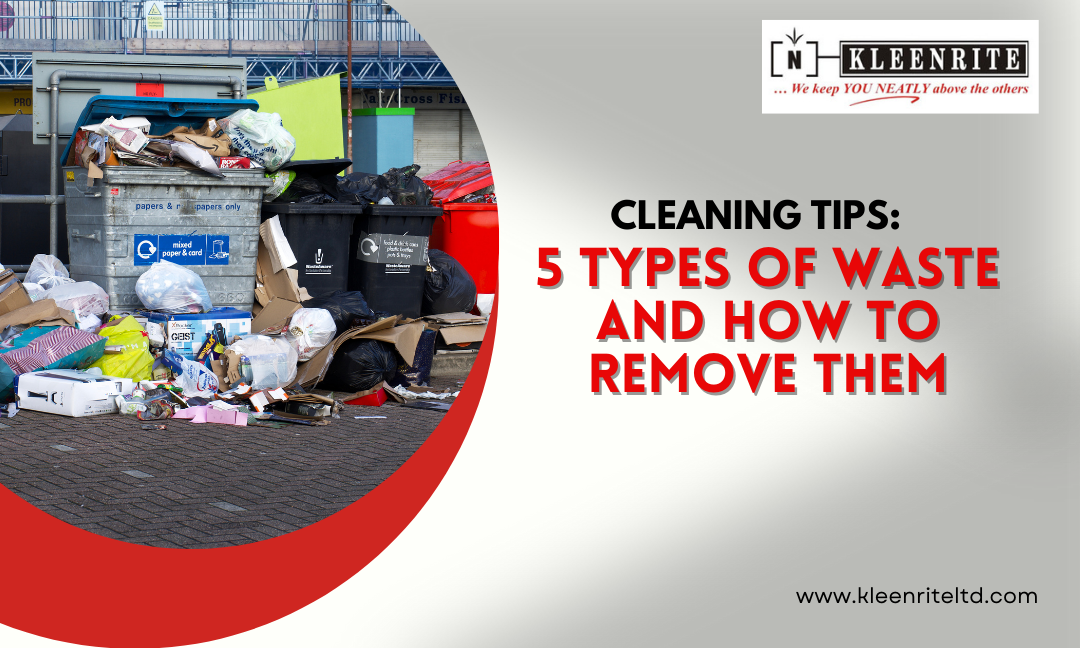Around the world, people dispose of 2.12 billion tons of waste every year. One of the primary reasons for this staggering amount of waste is that humans trash approximately 99% of what they buy within six months of purchase.
Waste has been a huge environmental problem around the world since the industrial revolution. It’s not easy to deal with the amount of waste that’s generated continuously. If waste isn’t properly disposed of, the consequences can be serious.
Cleaning Tips: 5 Types of Waste and How to Remove them
With this article, we will discuss the different types of waste and how they can be properly disposed of. Keep reading to find out more.
How do we define waste?
Waste is anything we throw out because we don’t need it. Most waste is considered garbage or trash. What does that mean? Paper, cardboard boxes, and other solid waste constitute trash. By contrast, garbage refers to waste that comes from your kitchen and bathroom.
Individuals, households, schools, offices, hospitals, and industries generate waste. The range of sizes is also endless, from something as small as a rusty razor blade to something as large as the body of an old truck.
What types of waste are there?
-
Liquid Waste
Dirty water, wash water, organic liquids, waste detergents, and sometimes rainwater constitute liquid waste. This type of waste is typically found in homes, businesses, and industries. You can either classify liquid waste as a point or non-point source waste depending on its origin.
Manufacturing liquid waste can be categorized as point source waste. On the other hand, liquid waste from natural sources is not classified as a point source.
-
Solid waste
Solid waste may include a wide range of items found in households or commercial facilities. To better understand this type of waste, let’s break it down into five categories:
- Plastic Waste includes bags, containers, jars, bottles that are made of plastic.
- Paper/Card Waste, such as newspapers, packaging materials, and cardboard.
- Metals and Tins – found throughout your home and business in different forms
- Broken plates and ceramic cups, as well as broken glass bottles, make up broken ceramics and glass.
-
Biodegradable waste
Nearly all households produce biodegradable waste. Examples of this waste are food waste, garden waste, and so on. Even though this waste is decomposed by microorganisms over time, it is still necessary to dispose of it properly once it has been generated.
-
Recyclable Waste
Just as the name ‘recyclable’; a recyclable product is any waste that can be converted into a reusable product. There’s a good chance you can recycle a great deal of construction waste, including masonry, metal, paper, and furniture.
-
Waste containing hazardous materials
Hazardous waste is any waste that is toxic, flammable, corrosive, or reactive. The waste can be harmful to both you and the environment. Toxic chemicals and electronic waste are common examples of hazardous waste.
How to dispose of waste
Around the world, different types of waste management are used by different communities. We explore five effective types of waste management in this section.
-
An hygienic landfill
The majority of the waste we generate is non-recyclable. One of the best ways to safely dispose of such waste is to use landfills.
Excavation is performed in an area with non-porous soils and low groundwater levels. An excavation is followed by construction of a protective base that prevents toxic chemicals from entering the water zone below. A layer of soil is spread over the waste, and then it is compacted.
In some parts of the world, landfills are used as parks while the waste below decomposes. It usually takes 20 to 30 years for the waste to decompose. No construction is allowed in the landfill area during this time.
-
Recyclables and reusables
The most effective way to manage waste is to recycle and reuse. Interestingly, less than 12 percent of all waste created being recycled and about 80% of these wastes end up in landfills and dump sites. We throw away a large percentage of items that can be recycled, which is a sad fact.
Materials such as scrap metal can be recycled to earn revenue and conserve natural resources. Paper bags and plastic bottles can be reused instead of being thrown away. We can save money and reduce waste by implementing these practices.
-
Composting with worms
Vermicomposting is good for organic waste disposal. Vermicomposting is a type of waste disposal that uses worms to help decompose waste. Along with getting rid of waste, vermicomposting improves soil nutrition.
When worms decompose waste, they produce excrement that improves the soil around them.
-
Incineration of waste
When dealing with hazardous and highly toxic wastes, incineration is a highly effective method of disposal. This includes medical waste. Incineration significantly reduces waste. The major advantage of incineration is its remarkable cost-effectiveness. In addition, the byproducts of incineration can be used in other ways.
By using the heat produced, you can create energy, while ash might be used in hydroponic systems.
-
Aquatic Waste Disposal
When disposing of hazardous waste, it is important to keep the waste as far away from people as possible. For radioactive waste, for example, you should dispose of it in a large body of water such as an ocean or a sea.
After sinking deep into the water, the substances will be safe from human contact once they have submerged.
Action Point
Waste Disposal Must Be Done Properly. Managing the waste we generate every day can seem daunting, but it doesn’t have to be. In order to dispose of waste correctly, we need to know the different types of waste that we are dealing with.
In your home or business, do you want to handle waste in an easy and effortless manner? Get in touch with us today for more information.
